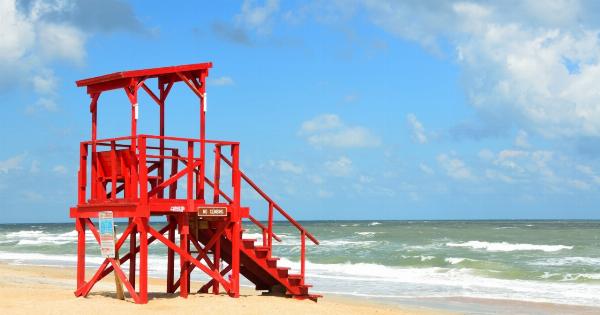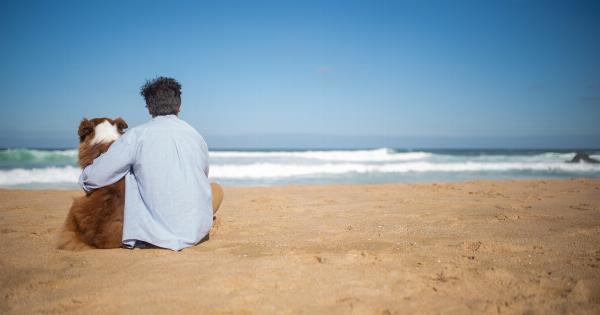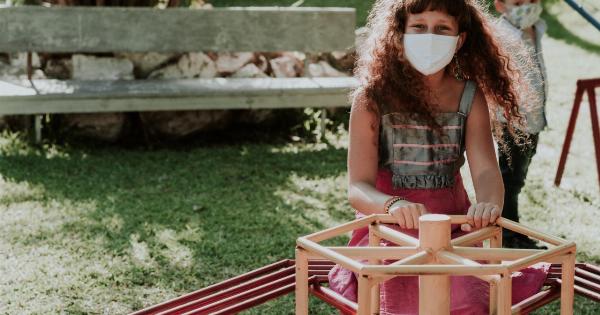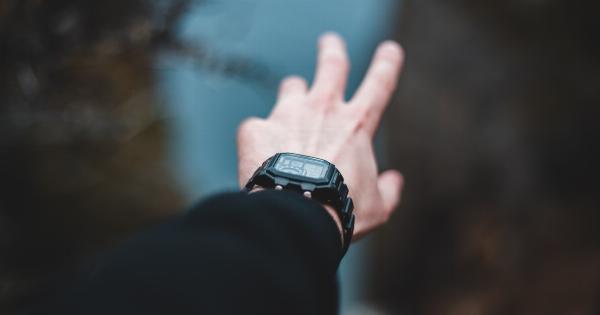When it comes to water activities, safety should always be a top priority. One essential safety equipment that everyone should have is a life jacket.
Wearing a properly secured life jacket can greatly increase your chances of survival in case of an accident or emergency situation in the water. In this article, we will share fast and easy tricks for securing your life jacket quickly, ensuring that you are always prepared for any unexpected events while enjoying water-related activities.
1. Choose the Right Life Jacket
The first step in securing your life jacket quickly is choosing the right one for your needs. Life jackets come in different types and sizes, so it’s important to select one that fits you properly.
When choosing a life jacket, consider the activity you will be engaging in, your body size, and weight. Make sure you read the guidelines and recommendations provided by the manufacturer before making your purchase.
2. Practice Donning Your Life Jacket
Before you head out for any water activity, take the time to practice donning your life jacket. Familiarize yourself with the straps, buckles, and other securing mechanisms of your life jacket.
Practice putting it on and taking it off to ensure you can do it quickly and efficiently. This will help you become more comfortable with wearing a life jacket and make the process smoother in case of an emergency.
3. Use a Crotch Strap
To ensure a secure and snug fit, look for a life jacket that comes with a crotch strap. This additional strap prevents the life jacket from riding up when you are in the water.
It helps keep the life jacket in place, reducing the risk of it slipping off or causing discomfort. When wearing your life jacket, make sure to fasten the crotch strap tightly but still allowing freedom of movement.
4. Adjust the Straps Properly
Properly adjusting the straps of your life jacket is crucial for a secure fit. Start by loosening all the straps and putting on the life jacket. Begin by tightening the bottom straps, followed by the waist and chest straps.
Adjust them to achieve a comfortable and snug fit. The life jacket should be tight enough that it cannot be pulled up or over your head when lifted by the shoulders.
5. Check for a Proper Fit
The fit of your life jacket is extremely important for your safety. To check if it fits properly, raise your arms above your head. The life jacket should not ride up above your chin or face, and the shoulder straps should not dig into your shoulders.
Additionally, ensure that the life jacket is not too loose around your waist or chest. Adjust the straps as needed to achieve the correct fit.
6. Be Mindful of Loose Items
Before heading out onto the water, remove any loose items from your pockets or gear that could potentially get caught or tangled in your life jacket. Keep in mind that loose items can affect the buoyancy and mobility provided by your life jacket.
It’s important to prioritize the secure fit of your life jacket and minimize any potential hazards.
7. Inspect and Maintain Your Life Jacket
Regularly inspecting and maintaining your life jacket is essential to ensure its effectiveness and longevity. Check the straps, buckles, and stitching for any signs of wear or damage. If you spot any issues, repair or replace the life jacket as needed.
Additionally, make sure to clean your life jacket according to the manufacturer’s instructions to remove any dirt or debris that may affect its performance.
8. Store Your Life Jacket Properly
When you’re not using your life jacket, store it in a cool and dry place away from direct sunlight. Avoid folding or crushing the life jacket, as this can damage the buoyancy materials. Hang your life jacket or lay it flat to maintain its shape.
Taking proper care of your life jacket will ensure it remains in optimal condition and ready for use when needed.
9. Practice Emergency Procedures
In addition to securing your life jacket quickly, it is essential to be familiar with emergency procedures in case of an accident.
Knowing how to signal for help, staying calm, and assisting others can make a significant difference in a life-threatening situation. Consider taking a water safety course or familiarize yourself with rescue techniques to be better prepared for any emergency on the water.
10. Teach Others
Lastly, share your knowledge and expertise with others. Encourage your friends, family, and fellow water enthusiasts to wear life jackets and educate them on the importance of proper fit and securement.
By promoting a culture of safety, we can all work together to prevent accidents and ensure enjoyable water experiences for everyone.































